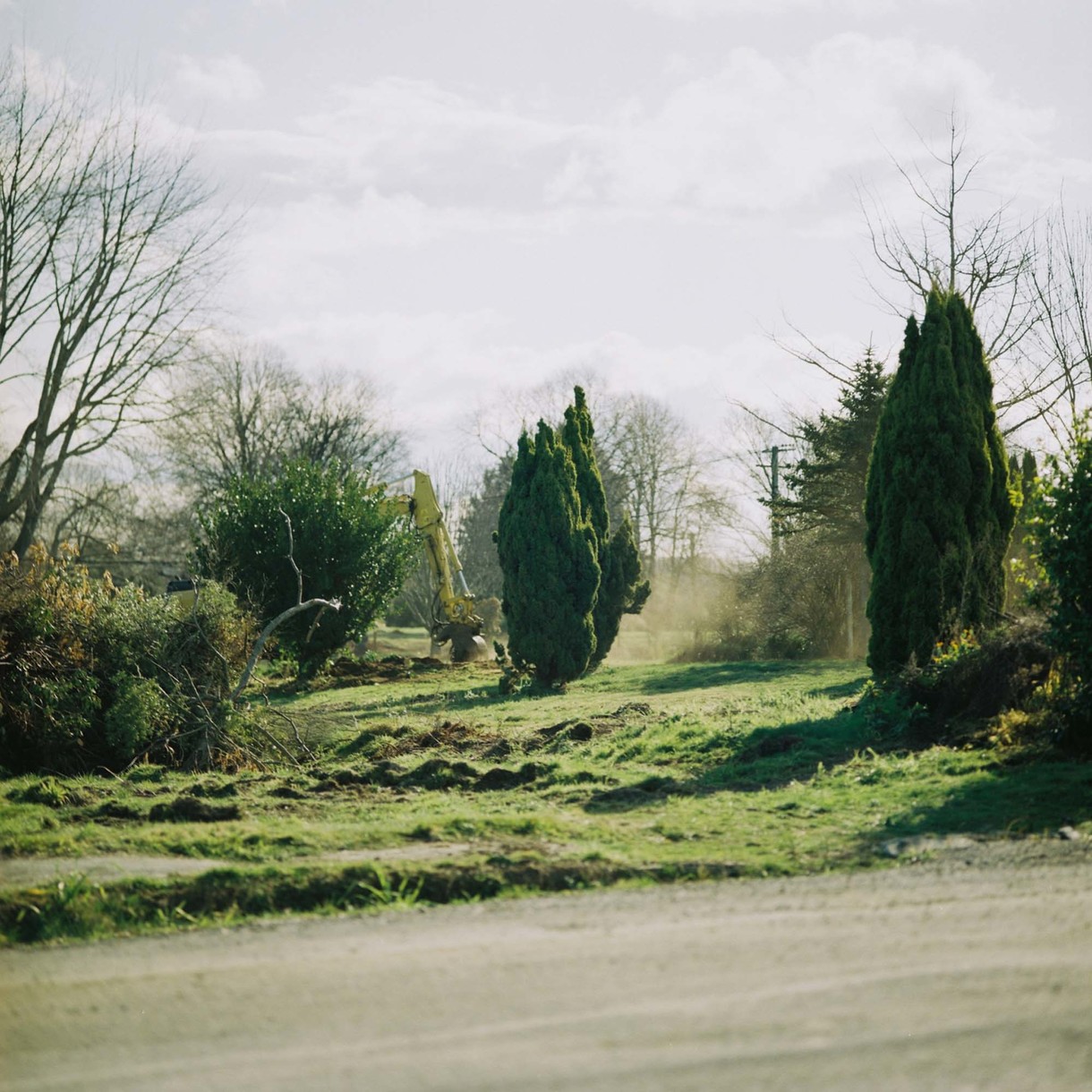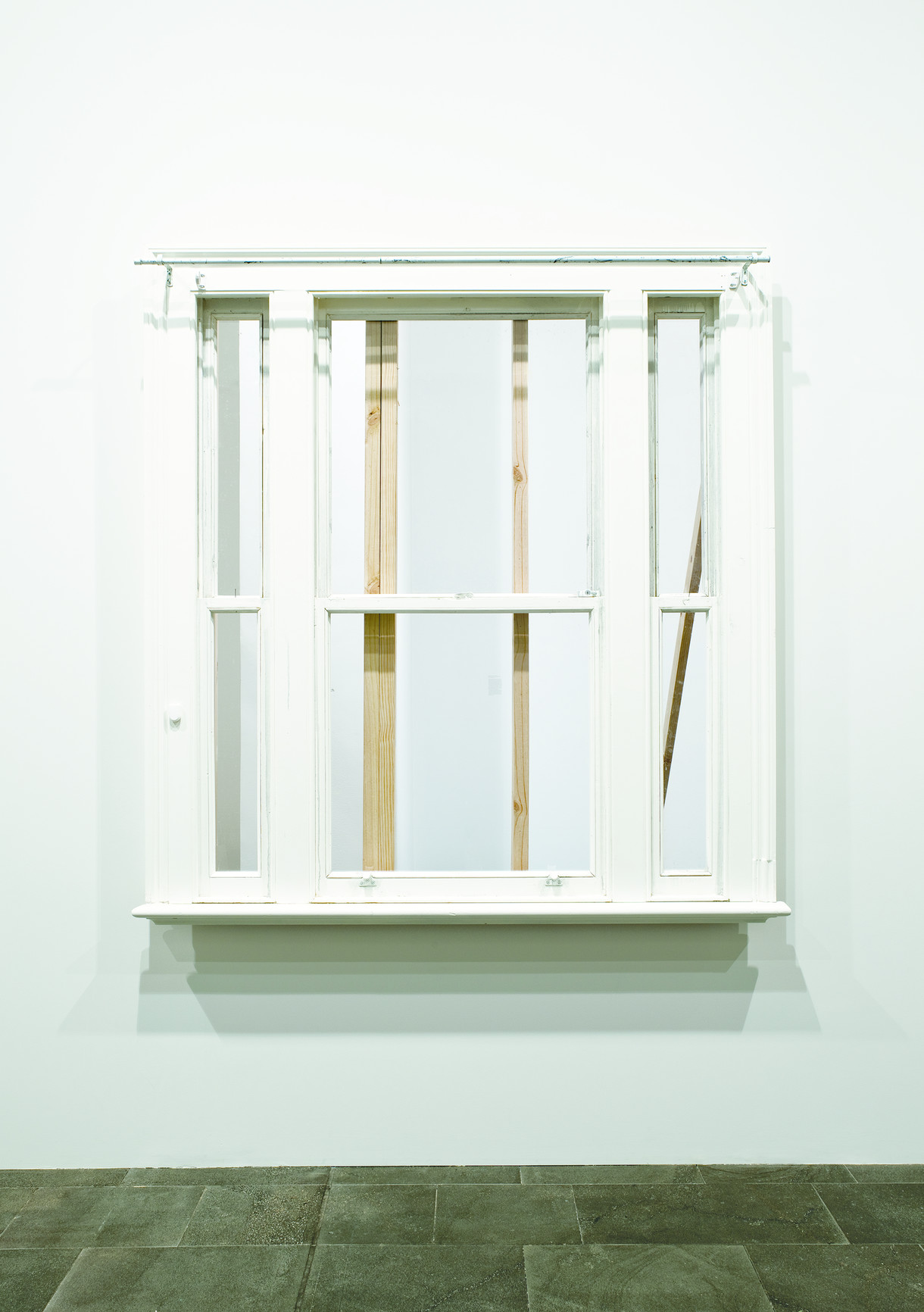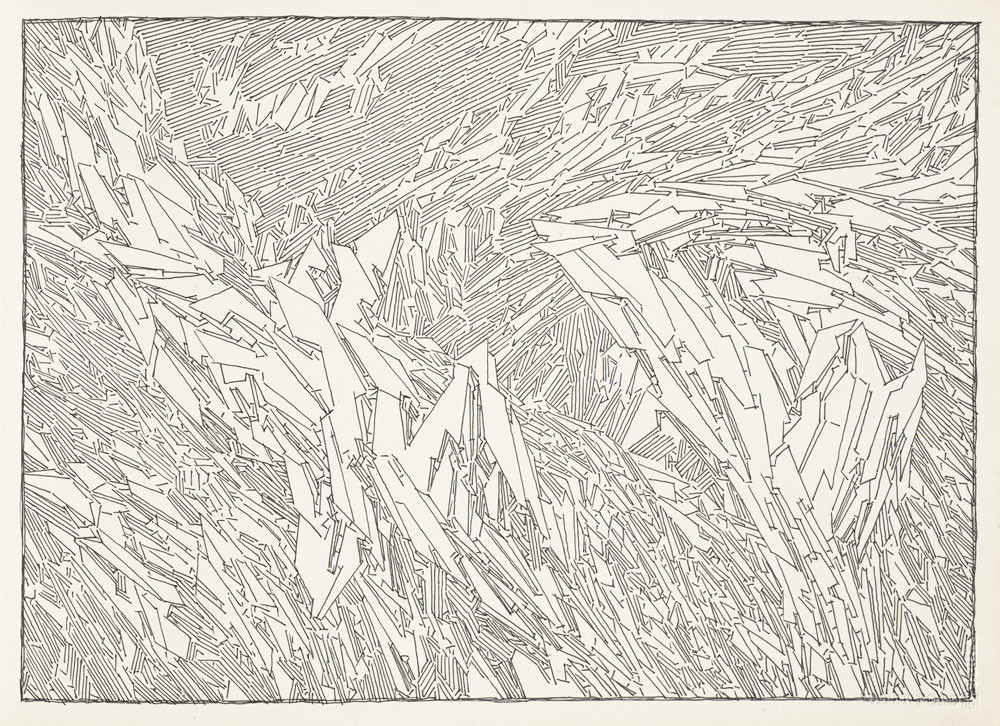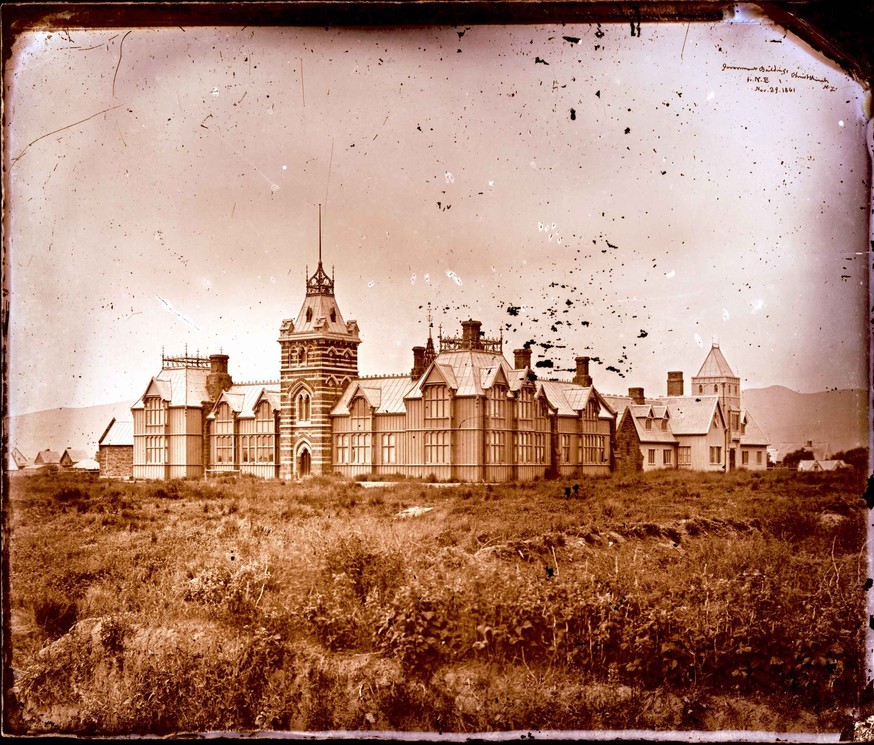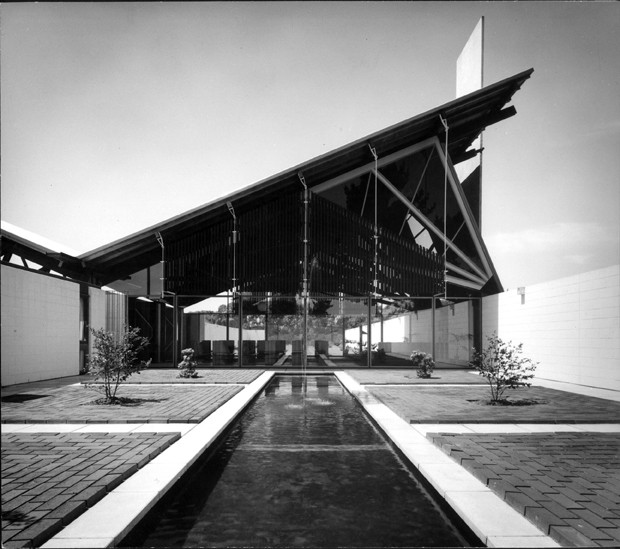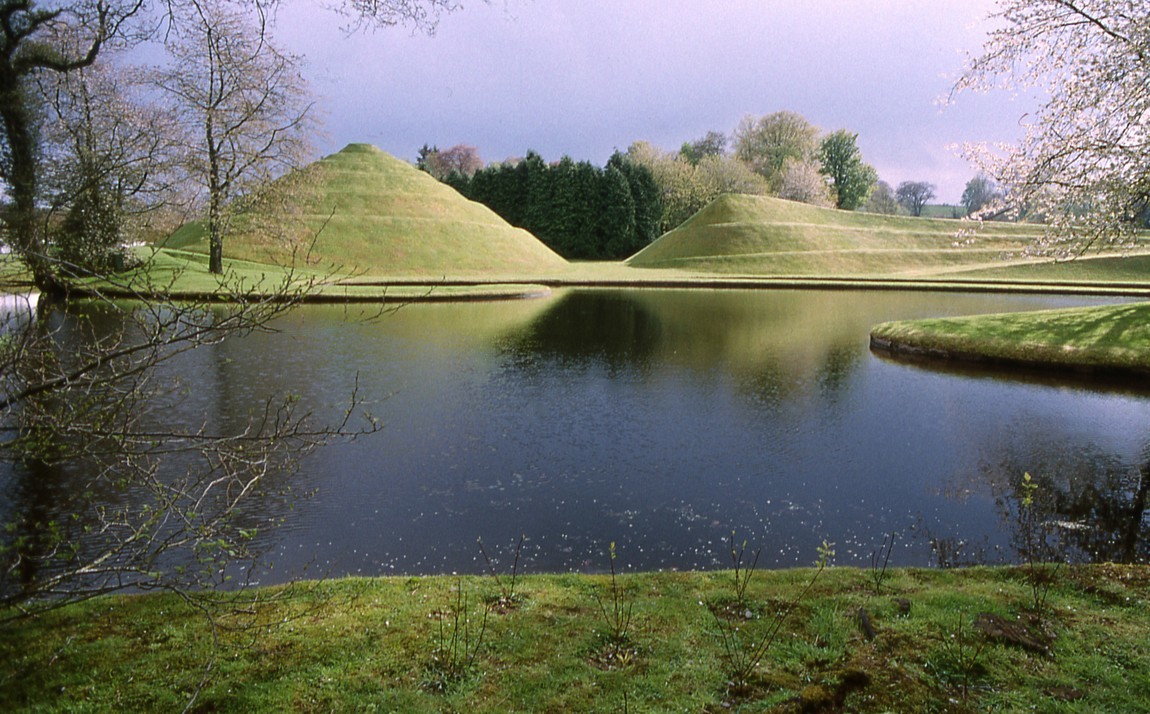Painting, frame, architrave, ceiling, dome
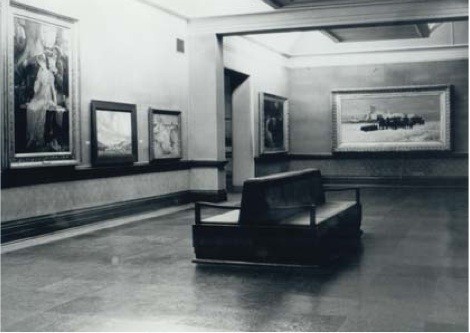
Interior view of the Robert McDougall Art Gallery. Two stalwarts of Christchurch Art Gallery's collection, Henrietta Rae's Doubts (c.1886) and Petrus van der Velden's The Dutch Funeral (1872), can be clearly identified
Douglas Lloyd Jenkins on gallery architecture
I've been asked to write on gallery architecture to mark the redesign and rehang of Christchurch Art Gallery's collection galleries. Having lived in the North Island all my life, the Gallery's collection remains fairly much a mystery to me, but I long to see more. Not least because, having always been fascinated with the modern movement, a personal interest in pre-modern art and architecture is a relatively recent development.
My retreat from a fascination with modernism is, in part, a reaction to the overwhelming sense of tedium I experience in the face of the repackaging of mid-twentieth century modernism that is so frequently delivered as a stand-in for contemporary thinking in architecture. I have developed a longing for the ordered mind of a Georgian or the decorative complexities of a good Victorian.
Contemporary architecture has been repackaged as a consumer lifestyle choice. So, too, has contemporary art. We no longer talk much about the specifics of painting and sculpture; we now talk of images and congratulate ourselves on the development of portable processes that allow them to be reshaped to fit our own personal contexts. The architectural package in which art comes to us (the viewers) has also changed. In the desire for mass appeal and media notability, gallery buildings have somehow become less conceptually unique-one type of architecture must now suit all artistic periods, and the key word in gallery planning is flexibility.
I'll begin with a digression—a technique itself favoured by Victorians. I have long had an interest in the original framing of works of art. My interest developed from a background in craft history, and frame-making is a craft form too often overlooked. Yet when you consider the relationship between painting and frame, you begin to realise the importance of the process through which artist and frame-maker, artwork and frame, came together and therefore how much information about the time of their making they have to reveal. In short, I love original frames because they deliver that elusive quality that art writers and historians are always searching for—context. The context of painting and frame is not the discussion here, but it is one worth keeping in mind while we extend the view out a little further.
For such a young country, New Zealand seems to have a disproportionately high number of abandoned art gallery buildings—the Dunedin Public Art Gallery's old Logan Park building, the only occasionally occupied Robert McDougall Art Gallery, Wellington National Gallery and Dominion Museum building (abandoned in pursuit of Te Papa and now a university) and there are others. Some older galleries, like Auckland and here at Hawke's Bay, are casting off later modernisations and beginning partial restoration processes designed to reveal what was there before. But in large part, nineteenth- and early twentieth-century buildings have been forsaken in our desire for the new and the updated.
And yet if the painters and sculptors of the pre-modern period had a broader context in which they intended their paintings and sculptures to be seen, it was an architectural one. They expected the public to encounter their art through an art gallery that conformed to a series of architectural expectations. Can we fully understand pre-modern painting without there being a Doric, Ionic or Corinthian column somewhere in view?
The first big builders of new public art galleries were the Americans, but they didn't invent the form—they borrowed it from Europe where the emergence of the public art gallery coincided with a surfeit of redundant palaces highly suited to the task. Those palaces, designed enfilade, were perfectly suited to the arrangement of painting by type or theme or period. Artists, painters and sculptors expected their work to be seen in fully resolved rooms, with doorways, floors and ceilings: a conceptual whole every bit as impressive as the frames they chose to act as intermediaries between their art and the architecture.
Have we lost something in the move to the flexible, multifunctional spaces of the new gallery architecture, or are we simply a modern country, early adapters in the new age of imagery? As a country established at the very beginning of the municipal public art gallery, is it not ironic there are so few of that first generation of gallery buildings still accessible to the New Zealand public?
It's worth asking ourselves why New Zealand cities should get to have only one public art gallery, and why major public art galleries should get to operate only one building. Is this not somewhat ironic in this period of ready recognition for the role of creative industries?
In part, the answer lies in the process to which we are required to submit to get new gallery buildings. Every flaw and inadequacy of the previous building must be amplified and profiled repeatedly, to the point where, from the public's point of view, we were all lucky to escape into the new facility before the old one collapsed around our ears. Yet for all their flexibility, modern galleries lack something, and sole reliance on them as the viewing places for art makes our cities poorer.
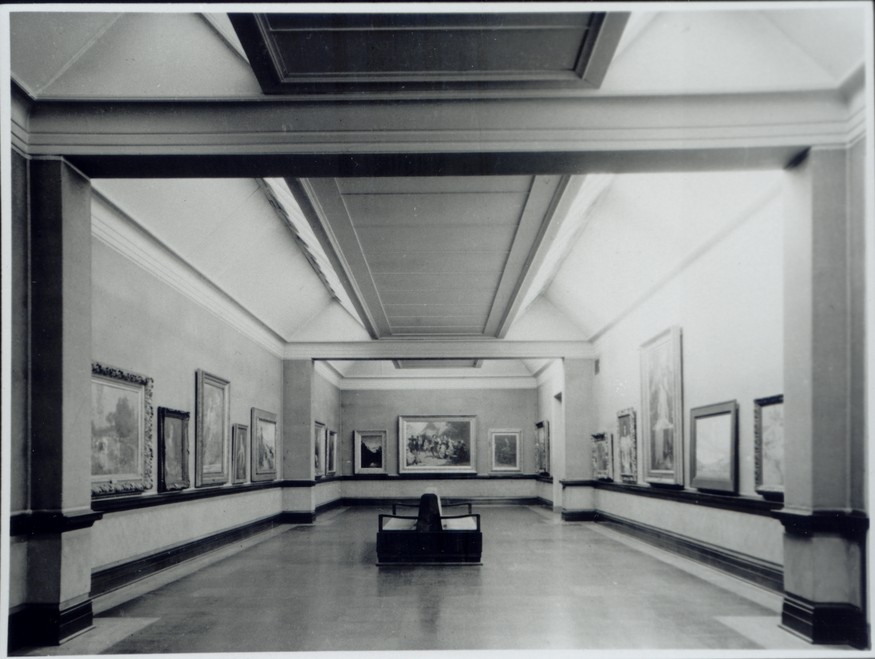
Interior view of the Robert McDougall Art Gallery.
And so we await the realisation that the terms 'abandoned building' and 'treasured cultural asset' are not so very far apart, and that our cities deserve multi-facetted art facilities. In the meantime, we, the viewers of art, need to compensate by using the contemporary notion of portable imagery. So when you stand in front of a newly discovered favourite from the Gallery's collection, make sure that first you've imagined a dome, a massive over-scaled architectural doorway and a noble ceiling.
Douglas Lloyd Jenkins is one of New Zealand's best-known and highly respected design writers. He is currently director of the Hawke's Bay Museum and Art Gallery






